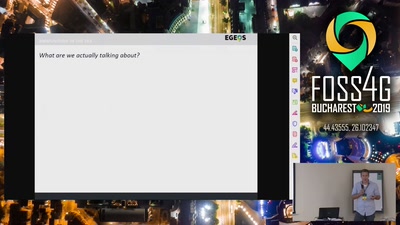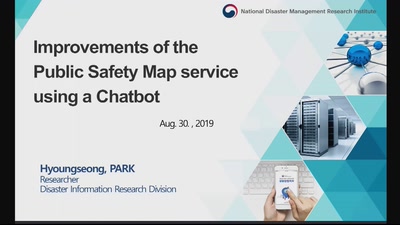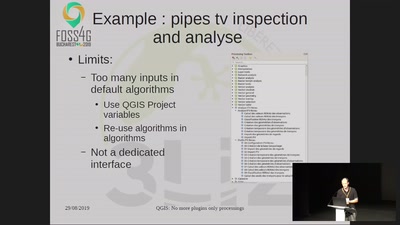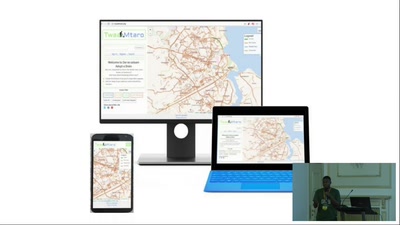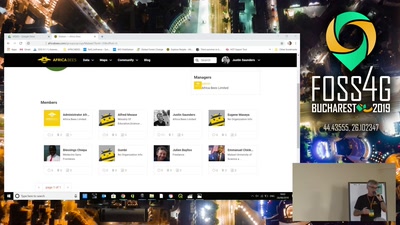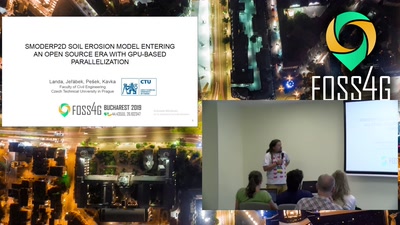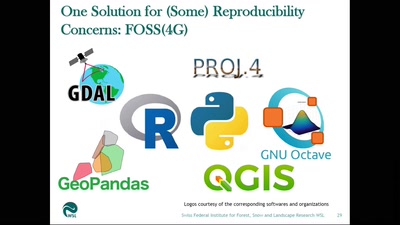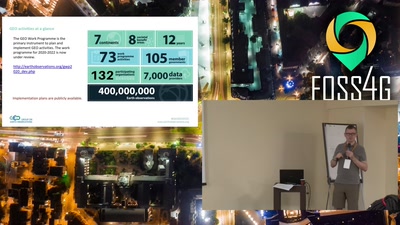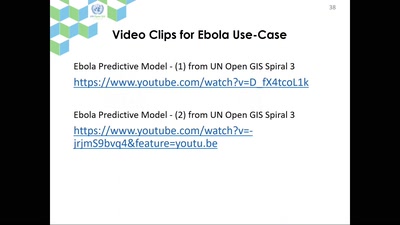An open risk index with learning indicators from OSM-tags, developed by machine learning and trained with the WorldRiskIndex
Jörn Birkmann, Holger Sauter and Daniel Feldmeyer
Developing learning crowed based spatio-temporal indicators to model the components of the WorldRiskIndex based on OSM tags and machine learning
Climate change is already reality in many parts of the world and even more threatening our future well-being. The SDG 1.5 explicitly aims to reduce by 2030 the vulnerability and exposure to climate related hazards. The World Risk Index (WRI) is one well-respected approach in profiling countries risk to natural hazard. To effectively monitor development and detect decision knots on the climate resilience pathway (IPCC 2014) data of high resolution in space and time about the worlds countries is of urgent importance. Hence, the core of this work is the development of learning indicators. Learning in the sense of a methodological approach combining PostGIS for data management, R for statistical learning and QGIS for spatial analysis on crowd based information assessing the OSM-database and addressing the need of societal learning in the face of severe climate change. The World Risk Index (Birkmann et al. 2015) will guide the supervised learning part resulting in an indicator set derived from OSM tags, establishing on one hand an open risk index and adding deep explanatory power to its components by a qualitative discussion of the OSM themes. The second part explores with unsupervised algorithms the inherent characteristic of country groups classified by the open risk index and deduces common patterns of socio-economic vulnerability but also societal resilience. Hence, the inherent challenge of this work is to substitute existing static indicators with new dynamic indicators, but not only substituting them but also painting a more detailed picture. Moreover, new data sources still questioned often by their reliability compared to World Bank or census data, and therefore its opportunities are neglected instead of critically exploring the potential. Therefore, this thorough statistical approach in quantifying uncertainty contributes to the acceptance and hence use of crowd based information adding necessary reliability for policy and planning. This unique combination is not yet done and bares huge potential moreover united with the open source geo community to contribute a little piece of the puzzle for achieving the SDG 1.5.
None

